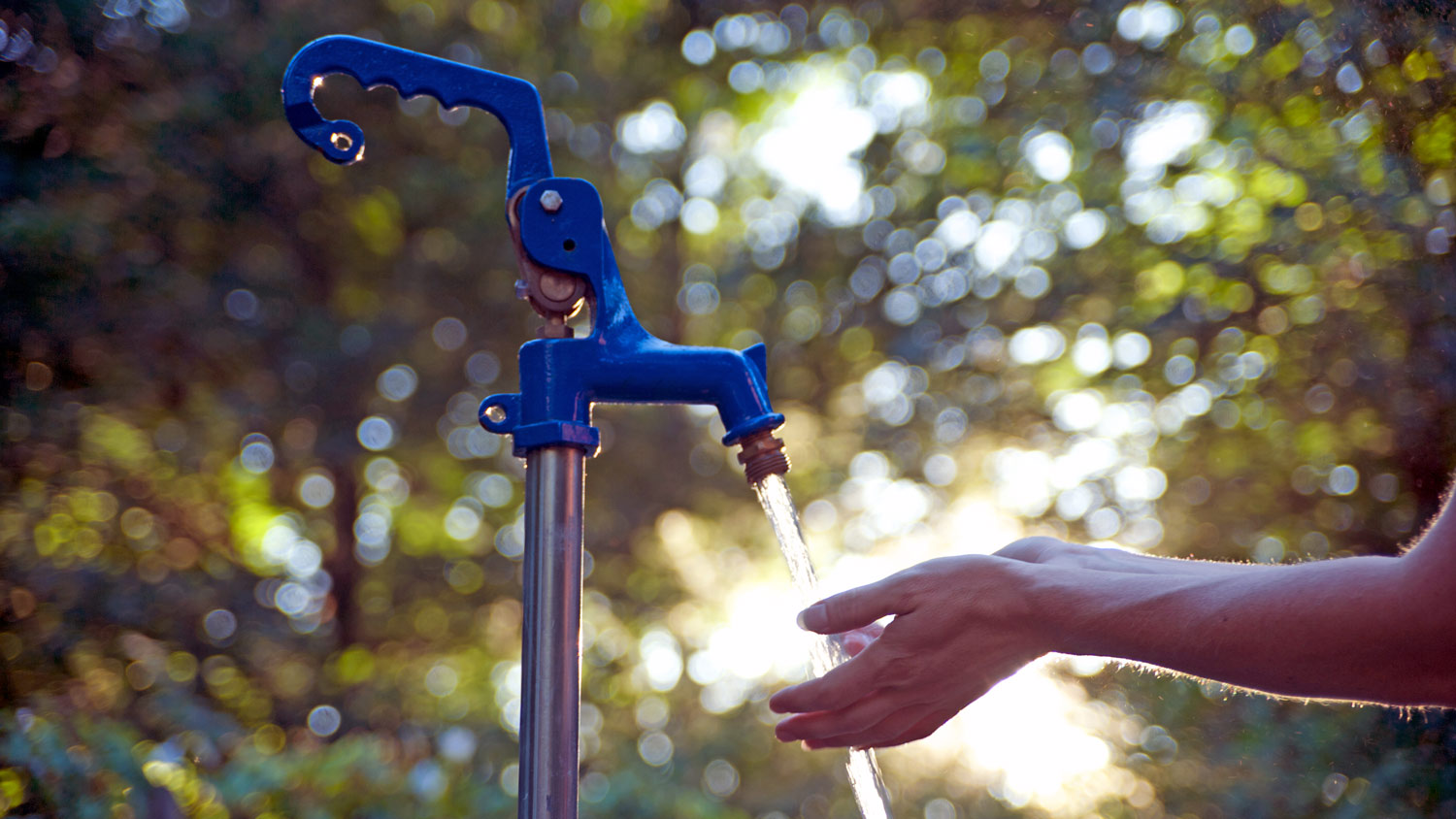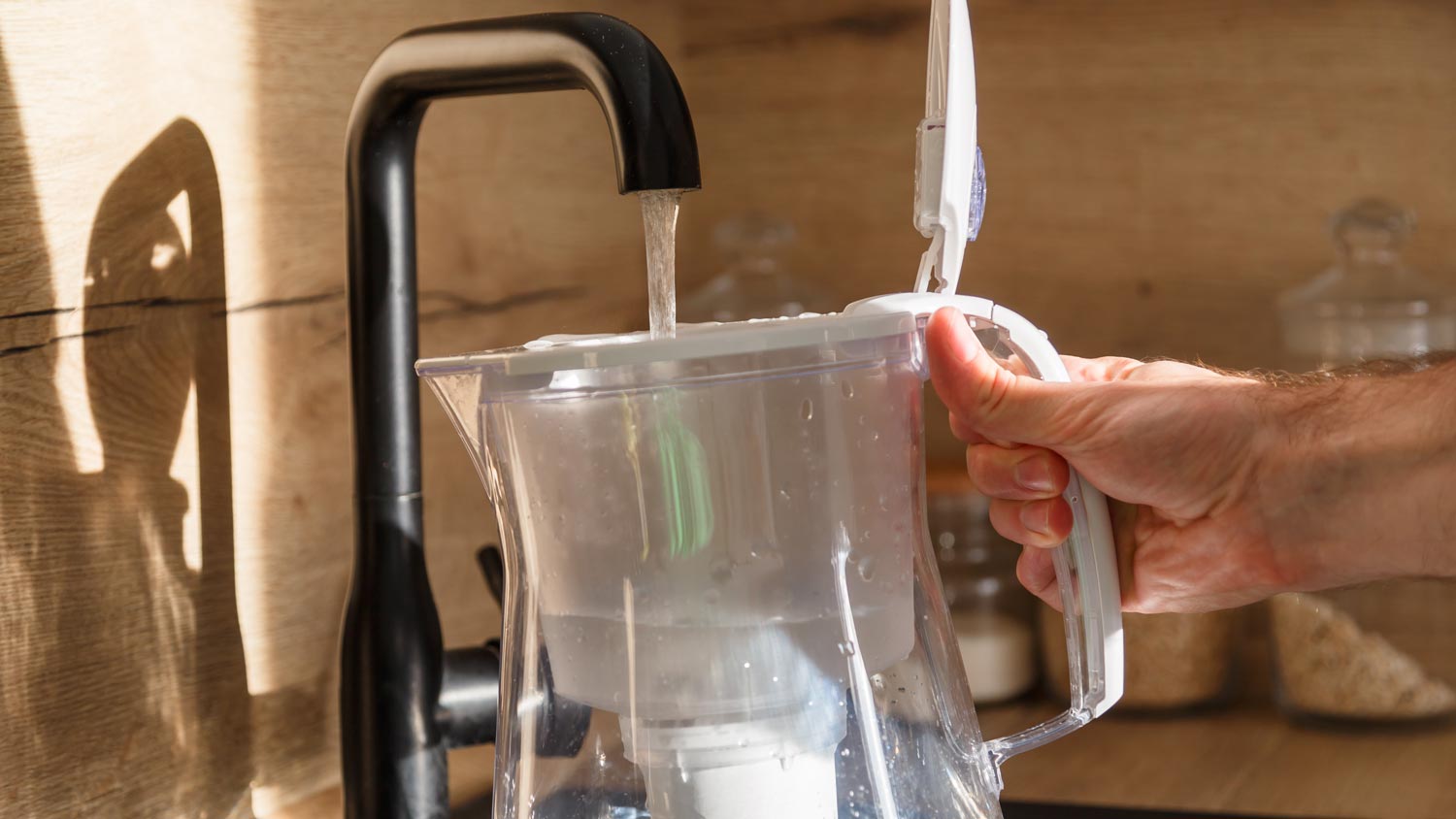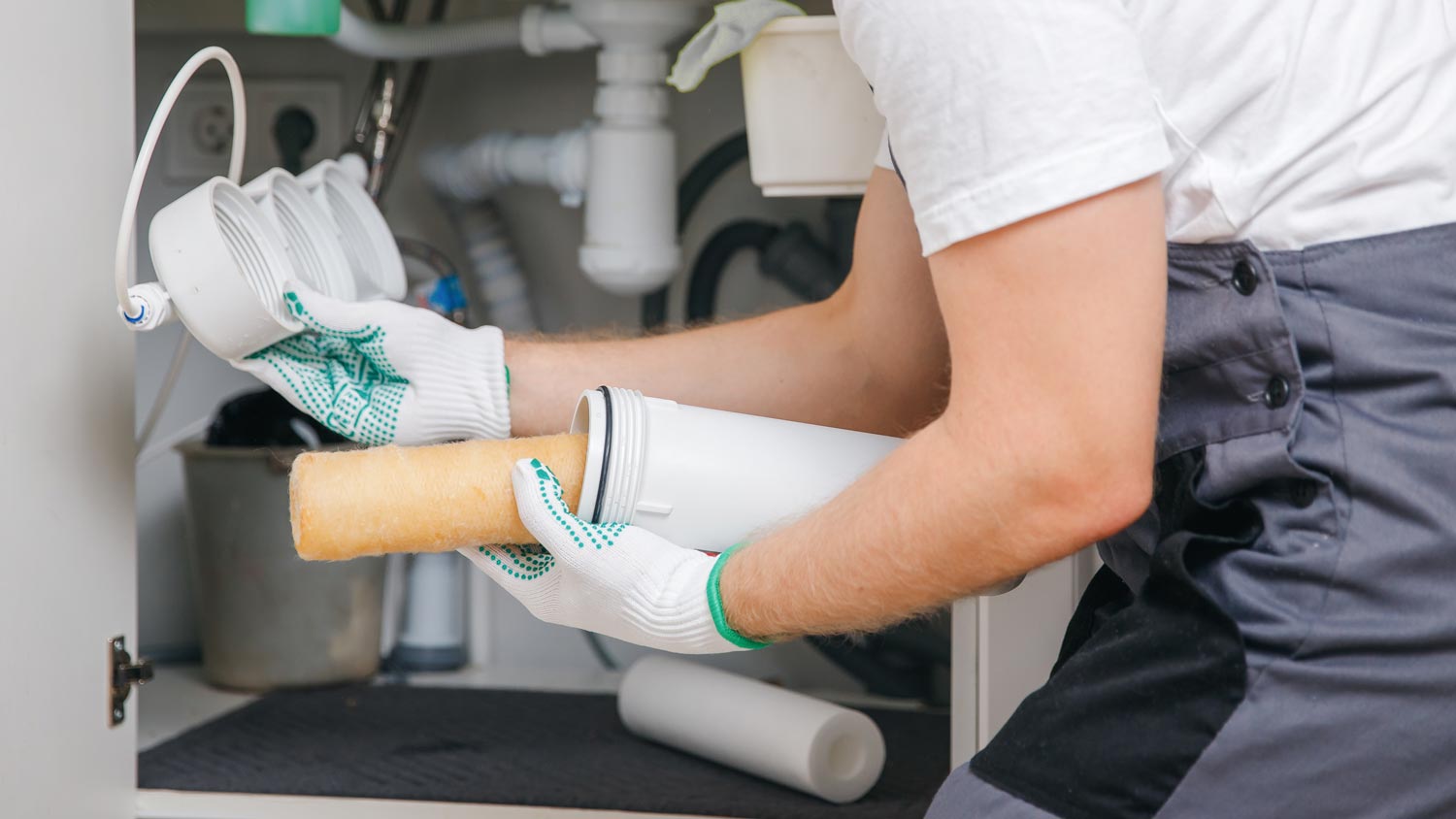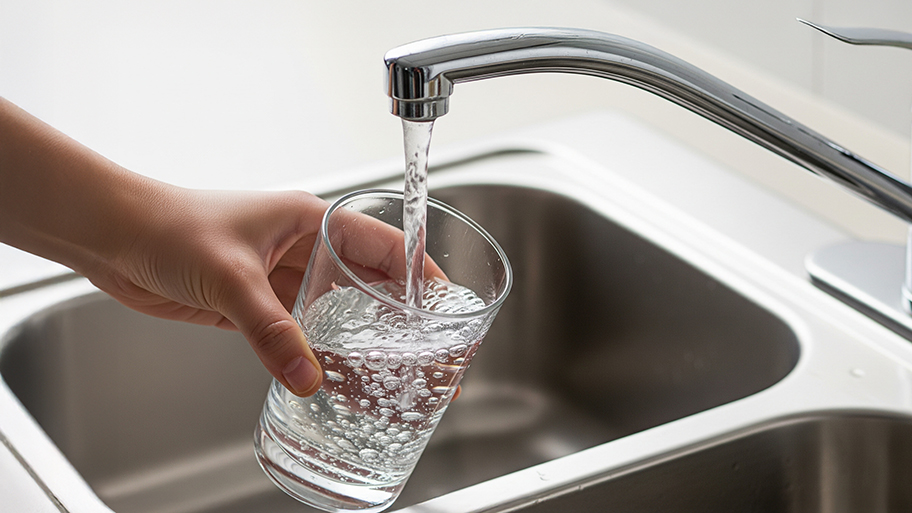
Discover how much well water treatment systems cost, including installation, maintenance, and tips to save. Get expert insights to plan your water system project.
Drink in the freshness


Fresh, clean water is critical to our day-to-day routine, making water filters an essential component of many households. It’s important to know how to clean a water filter so that you can ensure the water you’re drinking, cooking with, and bathing in is free from contaminants. Let’s walk through the importance of cleaning your water filter, signs that indicate it's time for a cleaning, and detailed cleaning steps for various types of water filters.
Water filters are designed to remove impurities and contaminants from your water, but over time, these impurities can accumulate within the filter itself. This buildup can reduce the filter's effectiveness, leading to poorer water quality and potentially causing harm to the filter unit.
Regularly cleaning your water filter helps to:
Maintain optimal performance: A clean filter functions more efficiently, ensuring that all contaminants are effectively removed from your water.
Prolong the filter’s life span: By removing buildup and debris, you can extend the life of your filter, saving money on replacements.
Ensure safe drinking water: Cleaning your filter prevents the growth of mold, bacteria, and other harmful organisms that can thrive in a dirty filter.
Improve water taste and smell: A clean filter helps to maintain the fresh taste and smell of your water, making it more pleasant to drink and use.
It's important to recognize the signs that indicate your water filter needs cleaning. Here are some key indicators:
Reduced water flow: If you notice a decrease in water pressure or flow rate, it could be a sign that your filter is clogged with debris and needs cleaning.
Unpleasant taste or odor: A filter that is overdue for cleaning can leave a strange taste or smell in your water, indicating the presence of contaminants.
Visible debris or discoloration: If you see particles or a change in the color of your filtered water, it's a clear sign that your filter needs attention.
Filter change indicator: Many modern water filters come with a built-in indicator that alerts you when it's time to clean or replace the filter.

Cleaning your water filter is a straightforward process, but the exact steps depend on the type of water filter you have.
Water filtration pitchers are popular for their convenience and ease of use. Here's how to clean the filter in a water filter pitcher:
Disassemble the pitcher and remove the filter according to the manufacturer’s guidelines. Set aside the lid and reservoir.
Hold the filter under cold running water for 15 seconds. This helps to remove any loose debris and prepare the filter for further cleaning.
Fill a bowl with cold water and add a teaspoon of vinegar. Soak the filter in this solution for 15 minutes to help disinfect and remove any built-up contaminants.
While the filter is soaking, wash the pitcher, lid, and reservoir with warm, soapy water. Use a soft brush to scrub any hard-to-reach areas.
After soaking, rinse the filter thoroughly under cold water.
Reassemble the pitcher, including the cleaned filter, and fill it with water.
Dump the water, refill it, and dump it again two more times to ensure all vinegar is out of the filter.
Refill the pitcher with water and check the taste.
Repeat steps 7 and 8 as needed until your water is crisp and tasty again.
Many modern refrigerators come equipped with water and ice dispensers. These models are also designed with built-in water filters to ensure clean water is supplied. Cleaning or changing a refrigerator water filter ensures that your drinking water and ice remain consistently clean and fresh.
Turn off the water supply to avoid any spills or leaks while removing and cleaning the filter.
Locate your refrigerator’s filter. Depending on your refrigerator model, the filter may be located in the grille at the bottom, inside the door, or at the back.
Remove the filter by twisting or pulling it out according to your refrigerator's instructions.
Run the filter under cold water to rinse it and remove any loose debris.
Prepare a solution of one part vinegar to three parts water and soak the filter for 20 minutes to disinfect and remove impurities.
After soaking, rinse the filter thoroughly under cold water until the water runs clear.
Insert the filter back into its housing, ensuring it is securely in place.
End-of-faucet water filters are convenient for providing filtered water directly from your tap. These filters are easy to install and remove, and here’s how to clean them:
Detach the filter from the faucet following the manufacturer’s instructions.
Disassemble the filter and separate the filter cartridge from the housing.
Run the cartridge under cold water to remove any loose debris.
Soak the cartridge in a solution of vinegar and water (one part vinegar to three parts water) for 20 minutes.
Wash the filter housing with warm, soapy water and a soft brush, ensuring all crevices are clean.
Rinse the cartridge thoroughly under cold water, reassemble the filter, and attach it back to the faucet.
Regular maintenance is key to ensuring your water filter remains effective. Here are some tips to help you take care of your water filter:
Follow manufacturer’s instructions: Always refer to the user manual for specific cleaning and maintenance instructions for your water filter.
Regularly replace filters: Even with regular cleaning, you need to replace filters periodically. Follow the manufacturer's recommendations for replacement intervals.
Use proper cleaning solutions: Avoid using harsh chemicals that can damage the filter. Vinegar and water solutions are safe and effective.
Keep a schedule: Set reminders to clean and replace your filter regularly. Consistent maintenance prevents buildup and extends the filter's life.

Deciding whether to clean your water filter yourself or hire a professional depends on several factors. For example, cleaning your filter yourself saves money on professional services, and you can clean the filter at your own pace and convenience. There’s also a sense of accomplishment in maintaining your own appliances.
However, DIY cleaning may not be suitable for complex systems or anyone unsure of the proper cleaning methods. Professionals have the knowledge and experience to clean and maintain water filters properly, which may save you time and effort, especially for complicated systems. A local water softener installation company can perform more thorough cleaning and identify potential issues early.
Consider your comfort level and the complexity of your filter system when deciding between DIY and professional cleaning.
From average costs to expert advice, get all the answers you need to get your job done.

Discover how much well water treatment systems cost, including installation, maintenance, and tips to save. Get expert insights to plan your water system project.

On average, a reverse osmosis water filter costs around $2,200, but there are a few variables that impact the total price. Learn about them in this guide.

Wondering about water treatment system costs? Learn average prices, key cost factors, and ways to save on installation and maintenance for your home.

Discover how to choose a water softener with tips from our expert guide. Ensure your home has clean, soft water with the right system for your needs.

Water softeners tend to wear out after 15 years, but what if you need major repairs sooner? Find out when to invest in a new unit or water softener repair.

Water softeners can face several problems during their life spans, including blockages, timer problems, and more. Read on to learn about water softener problems.